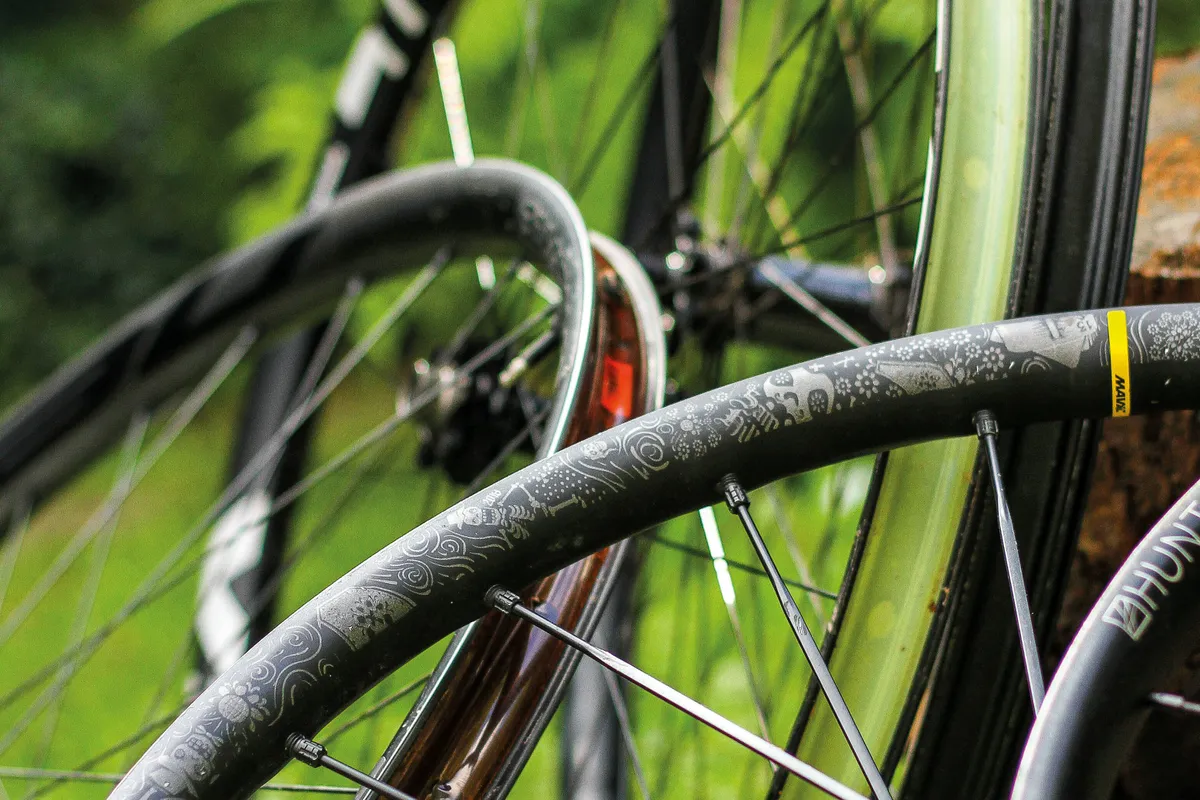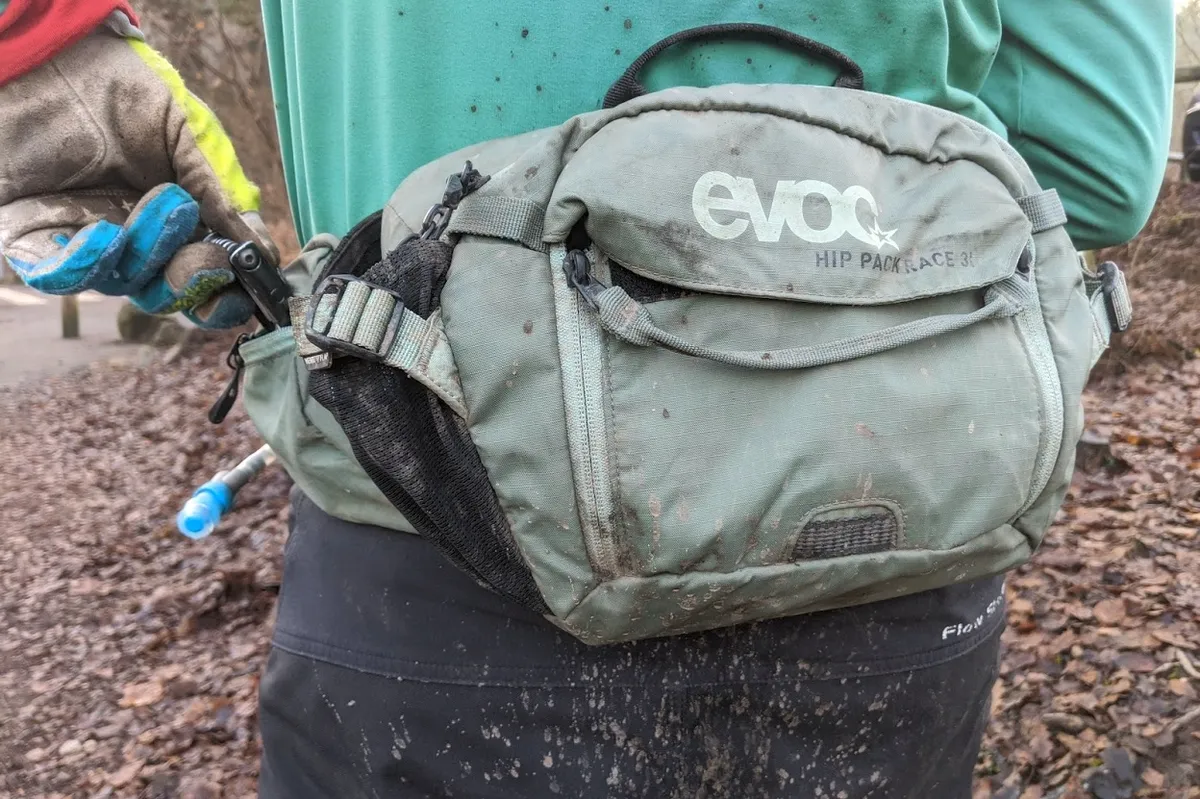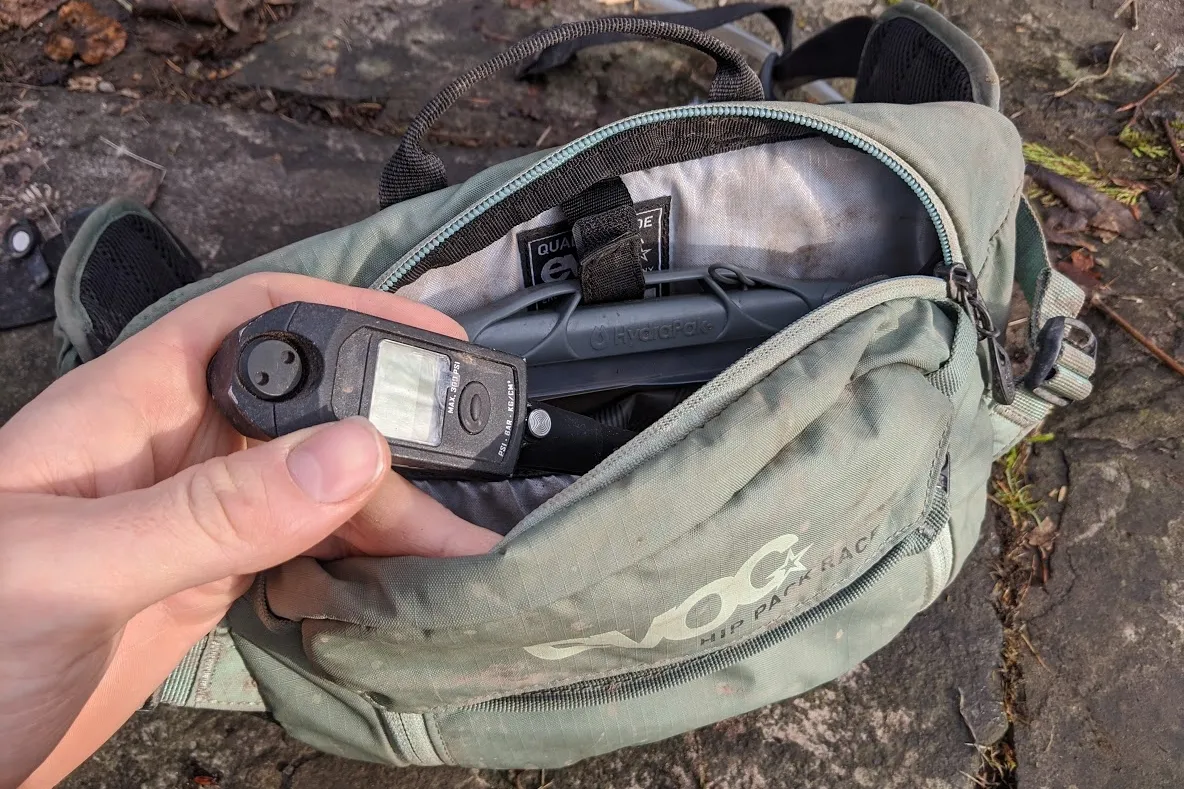This year I've ridden dozens of bikes, wheels, forks, tyres and other pieces of mountain bike kit. Only a few really stood out and impressed me enough that I can confidently recommend them.
Some are great value, some are the best in their class, and some have simply improved my experience of riding this year.
Dirt school coaching course
https://www.instagram.com/p/B10fvCLnpOR/?utm_source=ig_web_button_share_sheet
This year, along with my girlfriend Sam and our good friend Adam, I went on my first ever coaching course – and it won’t be the last.
Andy Barlow of Dirt School taught us about proper body position before applying this to pumping, cornering and jumping, all of which require deliberate application of pressure to the bike starting from that improved body position.
For me, this was a bit like learning to drive a car with the steering wheel on the other side. It’s often said that sometimes to get faster, you first have to slow down and work on the basics, and this was certainly true for me.
Trying to untangle 14 years of bad riding habits and focus on how bent my elbows were, how flat my back was and where I was pressing into the ground was a challenge, even slightly frustrating at first.
But, since the course, I’ve been able to work on what Andy has taught me. I now ride with my elbows more bent, my legs more straight and a flatter back, which helps to push into the ground where I need to maximise grip.
I’ve gone from consistently hitting jumps like a sack of spuds to thinking about pushing into the take-off like a big, grippy berm, and this has given me the tools to improve my jumping.
I know I’m riding with more bent elbows because I’m getting far more fatigue in my triceps on long descents, but I think that will pass as my body adapts.
Best of all, my girlfriend Sam has been brimming with confidence and enjoying riding more than ever.
I’m aiming to get coached at least once a year from now on. Forget carbon rims, Kashima stanchions or other bike-baubles, coaching is by far the best money you can spend to improve your riding.
- Price varies
- Find out more from Dirt School
DT Swiss E 1900 wheelset

I’m going to put my professional reputation on the line and say that when I tested these £345 enduro wheels against 13 competitors, costing anything up to £2,150, I couldn’t feel much difference.

If anything, the most expensive carbon wheelsets gave me the most hand-pain in back-to-back tests down the same test tracks in near-identical conditions. But the key point here is that on the trail, they all felt pretty much the same.
First, wheel weight is not as important as you might think. While you may be able to save up to 300g by buying seriously-lightweight, carbon enduro wheels, this will only allow you to accelerate about 0.3 to 0.6 per cent faster, depending on whether the weight is saved from the rim or the hub – this is assuming a system weight (bike plus rider) of 100kg, which is accurate for me.
I’m fine with admitting I can’t notice 0.3 to 0.6 per cent faster acceleration and no power meter is accurate enough to detect such a small difference.
Similarly, I didn’t notice much of a difference in traction or rolling speed between any of the wheels, though I’d rate these as among the comfiest, if only by a small margin.
Accidentally running my front tyre 1.5psi softer made a far bigger difference to ride-comfort than swapping between any of the 14 wheels I tested.
What of reliability? Breaking wheels is a bit of a lottery (unless it happens three times in succession), but I’ve now tested three sets of E 1900 wheels, totalling many thousands of vertical-metres in rough, rocky and wet conditions without any issues.
Yes, the freehub engagement is a little slow, but outside of the car park this rarely bothered me either. Ultimately, I can’t see any good reason to spend more on a wheelset than these.
RockShox Lyrik Ultimate

The 2019 Lyrik was a big step up over its predecessor, and following extensive comparative testing, I concluded it was the best enduro fork of its model year. Only the Fox 36 GRIP2 came close, but on balance I preferred the Lyrik because of its superior traction. It also happens to be significantly cheaper less expensive than the Fox.
But early in 2019, RockShox invited me to test the 2020 Lyrik. The top spec version which is now called – for reasons more to do with marketing than technology – the Lyrik Ultimate.
It’s a brash name, and it’s only a subtle improvement on the outgoing fork, but it is an improvement on what was already, in my opinion, the best in class.
The Lyrik Ultimate gets a suite of measures designed to minimise friction, along with a slightly softer range of high-speed adjustment. This means it uses a little more travel over the big hits, but without sacrificing support where it matters.
In back-to-back tests, I consistently felt more comfortable, with less hand pain and arm pump when using the 2020 fork when compared to a similarly setup 2019 Lyrik.
What really impresses me is that RockShox took what was arguably the best in its category and asked how it could make it better.
EVOC Hip Pack Race 3L

I’ll admit it, I’m a fan of hip-packs, bum bags, fanny packs, call-em-what-you-will. They’re not overly popular here in the UK, but I find them far more breathable, comfortable and less restrictive than regular riding packs. When slaloming through tight trees they get in the way far less than full-length packs too.
But most simply don’t provide enough storage. Many will struggle to hold a thin waterproof while carrying a meaningful volume of water. Almost none can carry a shock pump, which makes them pretty much useless if, like me, you make your living from incessantly tinkering with mountain bikes.

This hip pack offers just enough room to stash a shock pump, a tyre pump and a thin jacket alongside up to 1.5l of water all at once!
There’s a handy zip-pocket for stashing tools, phones, cash etc. Best of all, the hip belt features two large zipped pockets that can securely store a multi-tool, car keys and a tyre pressure sensor easily. There’s an external mesh pocket too which can hold a water bottle or a smorgasbord of snacks.
The hip belt is a little fiddly to adjust, but once you cinch it up tight the pack stays in place remarkably well, considering its size. I find it comfortable to ride with even on the roughest trails.
Pole Machine TR

I reviewed the Pole Machine back in the spring, although I’d actually been riding it since last November. I called it in early because I had ten forks to test and wanted something that I'd feel confident smashing through rock-gardens for days on end.
I also tested some of the forks on a YT Capra 29, but I soon gave up on that because I couldn’t ride it as consistently or as hard.
You can tell from my original review that, while Pole’s outlandish geometry isn’t for everyone, I loved it. Pole was happy for me to hang on to the bike for a bit longer, too, so I did.

Throughout spring I had a Bold Unplugged long-term test bike, but in June the Swiss brand asked for its bike back, so the Machine became my go-to bike for weekend rides and product testing.
So, how’s the Machine fared after almost a year of riding? Pretty well, actually.
I don’t like how exposed the shock is to debris from the rear tyre, especially when riding an air shock, but it’s not caused any problems so far. I have picked up some nasty cable rub on the upper link, but this is partly because I didn’t think to check on it before it was too late.
The pivot bearings and rear shock bushings now need replacing; the front shock bushing started squeaking until it was re-greased; and the SRAM GX Eagle rear derailleur was replaced too after becoming sloppy, along with a new chain and a few pairs of SRAM Code brake pads. But so far, no problems you wouldn’t expect after that much riding.
Now that I've spent a year on the bike, a few people have asked me if I would actually buy one if I wasn't testing it. Personally, the price is a little too rich for me and I'd probably sooner buy Pole's Evolink 158, which comes with similar components for £1,400 less, or the Privateer 161 that I will be testing as a long-term bike next year.
To be honest, though, I've not yet ridden anything I've enjoyed quite as much as this.
- £5,100
- Pole Machine TR review
